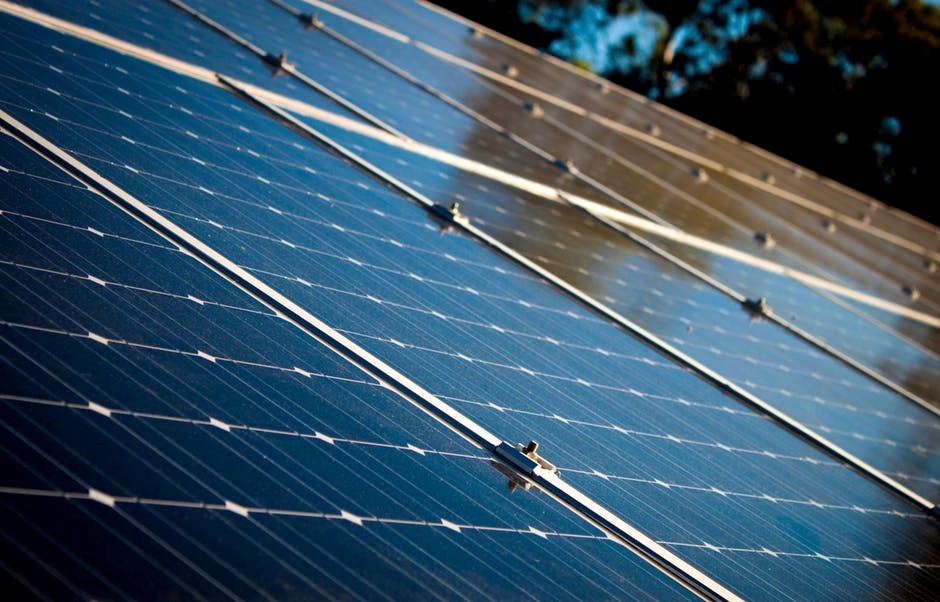
According to the Solar Energy Industries Association, solar energy is growing at a rate of 33% per year. There’s already enough solar generating capacity installed in the USA to power 23.3 million homes.
Time is winding down on the USA’s commitment to green energy according to the Paris Agreement. So, we can expect increasing legislation surrounding sustainable energy.
This makes a switch to fossil-fuel alternatives inevitable.
Are you ready to get on board sooner rather than later? Keep reading for answers to the question, ‘How do solar panels work?’.
What Are Solar Panels?
Solar power cannot operate without something to capture the energy of the sun, and that’s where solar panels play a vital role in every solar power system.
There are three main types of solar panels available today:
- Monocrystalline solar panels with solar cells sliced from a single silicon crystal
- Polycrystalline solar panels comprised of reconstituted silicon chips
- Thin-film solar panels use other types of PV materials to capture energy
These vary in efficiency and cost, so it’s best to work with an experienced solar installer to find the most suitable ones for your circumstances.
How Solar Energy Works
Solar panels comprise silicon wafers arranged in arrays and contained in an aluminum and glass case to protect them from the elements. Solar panel technology works on the natural effect that sunlight has on silicon.
Thin-film solar panels use other photovoltaic materials like cadmium telluride, copper gallium indium diselenide, or amorphous thin-film silicon instead of silicon wafers.
When sunlight strikes silicon or photovoltaic materials, it releases electrons. These free-flowing electrons need somewhere to go.
Wiring in between the solar arrays captures the electrons, creating a direct current (DC) that travels in the wiring into your house.
There, it passes through an inverter that changes it into a usable alternating current (AC) suitable for use in your home.
Any excess current proceeds to a battery, which it charges for future use.
If you opt for a net metering system, any extra energy generated flows into the grid and shows up as a credit on your electricity account.
Read about solar installation to find out more about how this works.
How Do Solar Panels Work to Spare the Environment
From the above, you can see that a solar power system operates passively. There are no carbon emissions created by your solar panels during operation.
On the other hand, conventional power stations create massive amounts of carbon emissions every day by burning coal to generate electricity. Vast amounts of water pass through these powerhouses daily, too, becoming polluted and unusable in the process.
A solar panel uses no natural resources, apart from silicon, which is abundant and renewable.
Solar Panel Benefits for Your Budget
One final question is, ‘How do solar panels work to save you money?’. Well, for starters, the sun’s energy is free forevermore and solar panels last for up to 30 years with barely any maintenance.
That means, once you’ve paid off your solar loan for an off-grid system, you’ll enjoy free electricity for years to come. With a PPA, you’ll start saving right away thanks to reduced per kWh charges.
Are you keen to discover more ways you can save money and travel more? Browse our blog for inspiration.




